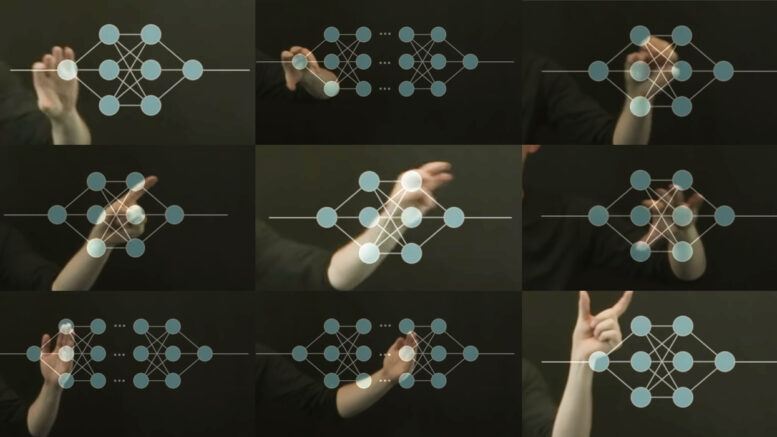When I was commissioned by UNESCO and the World Journalism Education Council (WJEC) to edit a handbook on reporting about artificial intelligence (AI), the general awareness of AI was rather low. It is amazing how quickly the awareness has grown since the research laboratory OpenAI introduced the ChatGPT in 2022 and made conversational AI accessible to all. Now, AI is on everyone’s lips. When we started, it was very hard to identify people who would have any evidence-based practical or pedagogical advice in the context of journalism education to share.
The book Reporting on Artificial Intelligence: A Handbook for Journalism Educators (UNESCO) was launched at the IAMCR2023 Conference in Lyon on 10 July. At the launch event, journalism scholar Barbie Zelizer said that she “learned a lot of this report”. So did I, during the time of editing!
My starting point was not to accomplish a book that would only examine how AI affects journalism and journalistic work, which often occupies the most attention in discussions on journalistic coverage, but to teach journalism educators and students to get familiar with the multiple ways how new disruptive technologies transform society, and us. While only one module in the book discusses how AI can be harnessed for newswork, the other modules inquire into what AI exactly is as a societal, political, economic and cultural phenomenon, how journalists should approach it, and how journalistic practices should be developed to find ways of adequate and accountable reporting.
Our ways of envisioning AI are – or at least have been – largely affected by imaginaries of science fiction and popular culture, where the archetypical narrative revolves about computers taking over humanity. Now that AI gradually becomes reality, we need to be able to assess the impact of technologies and algorithmic structures on us in a more practical and down-to-earth way. There are many ethical questions at stake, and we also need to re-assess the roles of human and non-human interaction. This needs setting proportions to the development, which may feel frightening, as developers and futurists keep warning us about the negative outcomes of the development if no ethical guidelines are agreed upon.
There are so many people to thank – and, as always having published a book, I’m afraid to have forgotten some of them in acknowledgements. On a personal note, I’m extremely happy that I had the courage to take this challenge. The most intriguing thing is that the learning process does not stop here, but I’m basically learning new things about AI applications on a weekly basis; the field is evolving quickly, and the discussion will continue. I’m also curious to follow what kind of pedagogical patterns and best practices will develop within the next few years.

Be the first to comment on "Published: making journalism on artificial intelligence"